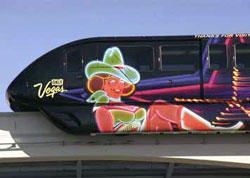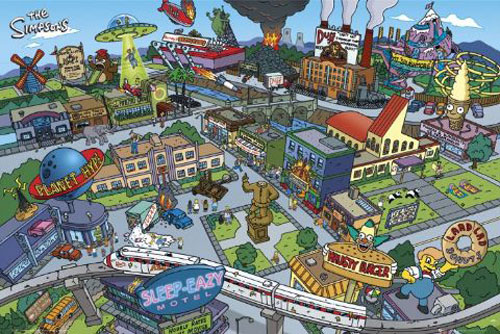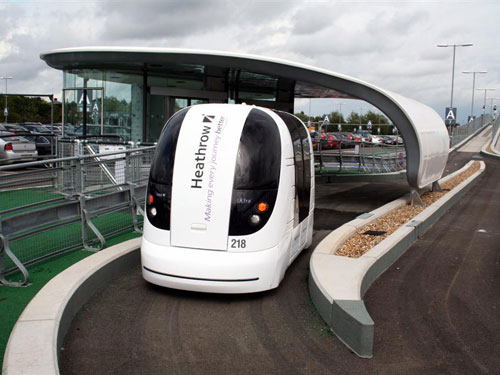On November 3, 2011, Paul Lecroart (senior urban planner at Île de France) gave a lecture on Flagship Developments at the University of Amsterdam (UvA). The focus was on his research which looks at the impact of major events, such as the Olympics, on world cities. How can they give an impulse to the development of urban areas and the collaboration of various parties at different levels? Even though plans have become much more flexible and less monumental in character, grand scale master planning still proves to be a useful instrument for metropolitan development in France. The most recent important example is Sarkozy’s vision on Grand Paris.

The next day I attended the expert meeting on Flagship Developments, held in the Amsterdam WTC at the Zuidas, which focused on this development area particularly. Besides Paul Lecroart, the meeting was attended by Willem Salet and researchers of the University of Amsterdam, planners of the Zuidas, architects with projects on the Zuidas (Architecten Cie and Benthem Crouwel), a respresentative of ABN bank (one of the big players at the Zuidas) and a few colleagues at the Deltametropolis Association.

One of the main issues at Zuidas is the proposed tunneling of the infrastructure (ring road, metro and railway) by the so-called Zuidas-Dok. Due to financial problems in the real estate sector, smaller alternatives of the tunnel have been considered. The question is, whether this tunnel doesn’t in fact hide one of the main characters of the site: a lively traffic axis, and whether this is the best way to make Zuidas into a more lively part of Amsterdam.


Some fragments of the discussion:
Sebastian Dembski – How can symbols mobilise new energy in urban development? The name Zuidas already gives a certain idea about the project. However, it is not clear what exactly the identity of the site is: an office park, a new urban district? Many large scale projects are too much state driven (top down) and fail to include the energetic society at the starting point. Also is it important to find a ‘real’ symbolic marker, linked to the site’s historical, geographic or social identity. Made up ideas with no local roots are bound to fail.
Rick Vermeulen – Exhibition and entertainment centres, such as the RAI at Zuidas, have often been planned in a functional way, based on modernist separation of functions and car logistics. In order to become part of the city once more, the RAI could take a rather culturalist (Choay) approach, moving some of the events to urban outdoor space, focusing more on quality than on quantity of event space, and looking for synergy with neighboring complexes such as the VU University Amsterdam, the new railway station and the financial sector at Zuidas.
Willem Salet – The creative class has turned its back on the Zuidas and moved to sites along the river IJ. The current setting of Zuidas is too exclusive for small businesses and the creative sector. The project is still very young. I’m curious about the turning-point at Zuidas, as we have seen in other mega-projects such as the implementation of social housing at the Rive Gauche in Paris.
Heymen Westerveld – Small interventions, such as opening up parts of office blocks to a wider public, or making cross-connections underneath the infrastructure, may be a very wise first step to develop the area.
Robert Dijckmeester – More attention is needed for the public realm. Squares and streets need to occupied by urban programmes and activities, this is crucial to make the area a success.
Pero Puljiz – The planner’s attempts to make multi-functional and penetrable buildings at Zuidas were frustrated by the developers. They preferred to build traditional mono-functional typologies instead. There should be top-floor restaurants and clubs, shared auditoriums etc. With the current real estate crisis, I would choose to completely freeze development at Zuidas and first try to improve the liveliness of the existing areas.
Douglas Grobbe – ABN already shares it’s auditorium with other organizations, VU already shares facilities with RAI. Many of these synergies are already starting to emerge at Zuidas.
Hans van der Made – Between 9 and 5, Zuidas is a real beehive. We need housing and amenities to make the area lively at night.
Paul Lecroart – If it were be possible to slow traffic down and build retail and amenities on ground level close to the roads, this would turn the Zuidas into a attractive boulevard. The Champs-Élysées in Paris makes lots of noise, but still the space on the first levels is very expensive and attractive.








